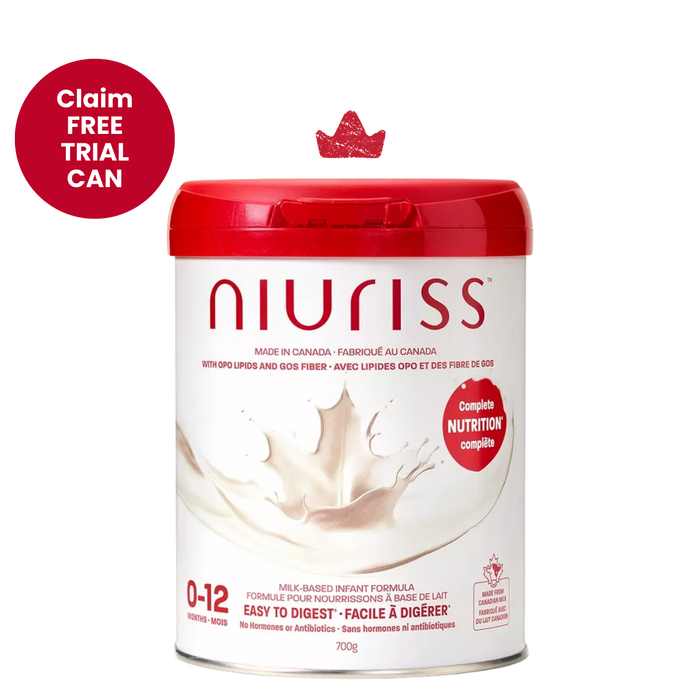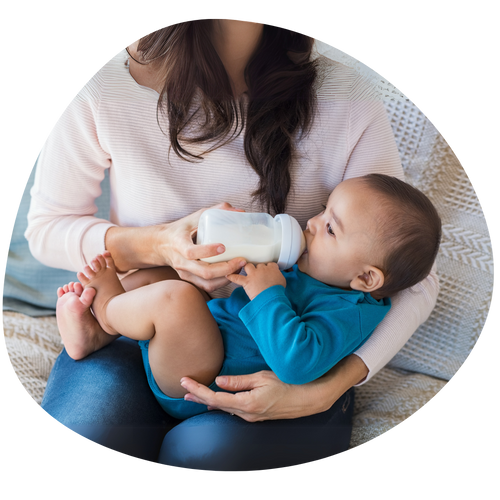

Championing Breast Cancer Awareness Together
Moms, we see you caring for everyone else. This Breast Cancer Awareness Month, take a moment for you. Your health matters—your story matters.
Why Breast Cancer Awareness Is Important
Breast cancer remains the most common cancer among Canadian women, and awareness plays a key role in prevention and early treatment. On average, 84 Canadian women are diagnosed with breast cancer every day. This number reminds us why spreading awareness and focusing on early detection is so important.
Although breast cancer is often seen as an issue for older women, diagnoses among younger women are increasing, with rates rising by more than 2% annually for those under 50. While the incidence is still relatively low, younger women tend to face more aggressive forms of breast cancer, making awareness and early detection even more crucial.
Public screening programs mainly target women over 50, but it’s just as important for younger women to know their risk factors and take proactive steps to protect their health.
Talking to your doctor about breast health can feel a little intimidating, especially for younger women who might be less confident in advocating for themselves. But if you notice any changes, it’s important to speak up—your health matters. Even if you're under 40 and not yet getting regular mammograms, knowing your body and watching for changes can make all the difference.

Risk Factors for Younger Women
For younger women, understanding their risk factors can make a big difference in early detection. These risk factors include:
- Family history of breast or ovarian cancer, especially if:
- A family member was diagnosed before age 50.
- A family member had cancer in both breasts or had ovarian or metastatic prostate cancer.
- Genetic mutations like BRCA1 or BRCA2.
- Early menstruation (before age 12) or first pregnancy after age 30.
- Not having children or having children after age 30 can slightly increase your risk. On the other hand, having children before age 30 and breastfeeding may help reduce the risk of breast cancer.
- The use of birth control pills or hormone replacement therapy.

What You Can Do
There are some simple but essential steps you can take to protect your breast health:
- Self-examine regularly: Get to know what’s normal for your body and check for changes.
- Talk to your doctor: Don’t hesitate to bring up any concerns, especially if you have risk factors.
- Stay informed: Even if regular mammograms aren’t needed yet, knowing your risks and keeping track of your health is key.

Early Detection Is Key: Self-Examinations and Talking to Your Doctor
Let’s talk about something simple yet incredibly important: getting to know your body. Regular self-checks are a great way to become familiar with how your breasts normally look and feel, making it easier to spot any changes. There’s no perfect way to do it—explore the area up to your collarbone, under your armpits, and around your nipples.
Remember, most changes aren’t something to worry about. Your breasts may feel lumpy or tender, especially before your period. But if something feels different or unusual, don’t hesitate to talk to your doctor. It’s always better to check it out for peace of mind.
A clinical breast exam (CBE), where a healthcare professional examines your breasts, is another tool that can help find any abnormalities. It may not be foolproof, but it’s still a useful way to stay on top of your health.
To make self-exams a routine, aim to do them once a month, preferably a few days after your period when your breasts are less tender. The more you do it, the better you’ll get at noticing any changes.
And here’s a fun way to think about it: imagine your breasts as having “neighborhoods.” The upper outer area (near your armpit) might have the most lumps, while the lower part may feel more textured, like a pebbly beach. Every area is different, and that’s okay!
Now that you’ve got the basics down, check out the infographic below for a simple, step-by-step guide on how to perform a self-exam.
Resources and Support
We know it’s impossible to cover everything in one blog, which is why we encourage you to keep learning and stay informed. If you or someone you love is facing breast cancer, remember—you are not alone. There are wonderful organizations, like the Canadian Cancer Society and the Breast Cancer Society of Canada, that provide emotional, financial, and medical support. Whether you need a support group, guidance, or help accessing screening programs, these resources are here for you every step of the way.

Our Role in Raising Awareness
At Niuriss, we’re passionate about raising awareness and supporting the fight against breast cancer. That’s why, for every product sold in October, we’re proud to donate $1 to breast cancer screening programs, with donations processed through United Way Canada.
But we can’t do this alone—we need your help! Whether it’s through donations, volunteering, or simply sharing this information, every action counts. Together, we can make a real difference in the lives of those affected by breast cancer.
💗 For a list of brands and organizations contributing to breast cancer awareness and donation campaigns—in Canada, and around the world—visit this link to learn more.
Acknowledgment of Sources
This blog is informed by various reputable publications and resources dedicated to breast cancer research and awareness, including:
https://breastcancerprogress.ca/
We gratefully acknowledge their contributions in providing valuable information that supports the fight against breast cancer.






